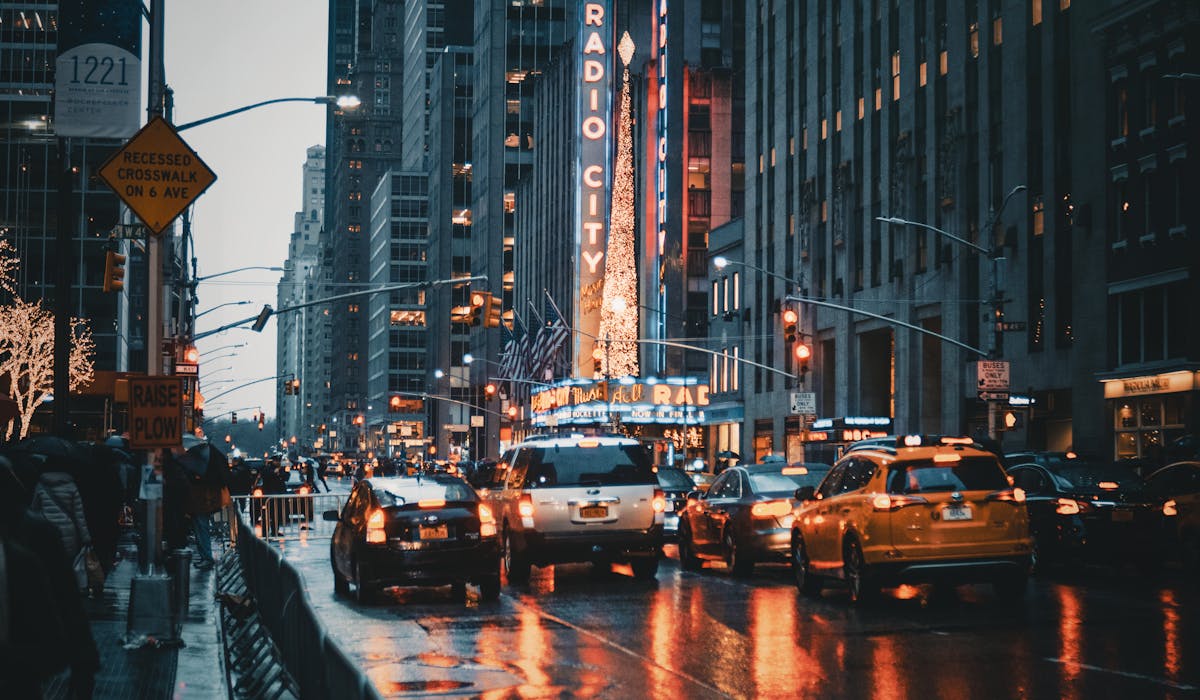The Of Framing Streets
Table of ContentsAn Unbiased View of Framing StreetsAbout Framing StreetsWhat Does Framing Streets Do?Framing Streets for DummiesThe 5-Second Trick For Framing StreetsGetting My Framing Streets To Work
Digital photography genre "Crufts Pet dog Program 1968" by Tony Ray-Jones Street digital photography (also sometimes called honest photography) is digital photography carried out for art or questions that features unmediated possibility experiences and random incidents within public areas, typically with the aim of catching photos at a crucial or poignant minute by cautious framing and timing. 
, who was inspired to take on a comparable documentation of New York City. As the city developed, Atget helped to promote Parisian streets as a worthy subject for digital photography.

The 5-Second Trick For Framing Streets
The principal Mass-Observationists were anthropologist Tom Harrisson in Bolton and poet Charles Madge in London, and their first record was generated as guide "May the Twelfth: Mass-Observation Day-Surveys 1937 by over 2 hundred viewers" [] Home window cleaner at Kottbusser Tor, Berlin, by Elsa Thiemann c. 1946 The post-war French Humanist Institution visit their website professional photographers found their subjects on the street or in the diner. Andre Kertesz.'s widely appreciated Images la Sauvette (1952) (the English-language edition was entitled The Decisive Minute) advertised the idea of taking a picture at what he called the "definitive moment"; "when form and material, vision and make-up combined right into a transcendent whole" - Street photography hashtags.
The Basic Principles Of Framing Streets
The recording machine was 'a covert cam', a 35 mm Contax concealed underneath his layer, that was 'strapped to the upper body and attached to a long cord strung down the appropriate sleeve'. However, his work had little modern effect as because of Evans' level of sensitivities concerning the creativity of his task and the personal privacy of his topics, it was not published till 1966, in the book Lots of Are Called, with an intro written by James Agee in 1940.
Helen Levitt, after that an instructor of kids, connected with Evans in 193839. She recorded the transitory chalk drawings - vivian maier that were component of children's road society in New york city at the time, as well as the kids that made them. In July 1939, Mo, MA's new digital photography area included Levitt's work in its inaugural exhibitRobert Frank's 1958 publication,, was substantial; raw and usually indistinct, Frank's images examined conventional photography of the moment, "tested all the formal rules put down by Henri Cartier-Bresson and Pedestrian Evans" and "contradicted the wholesome pictorialism and wholehearted photojournalism of American publications like LIFE and Time".